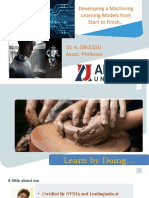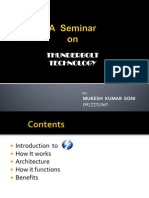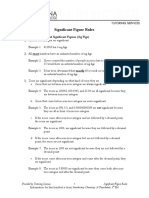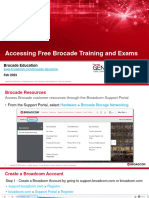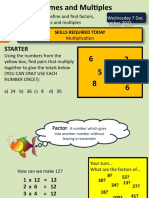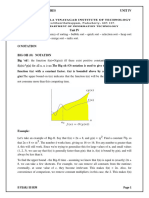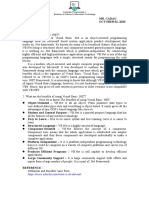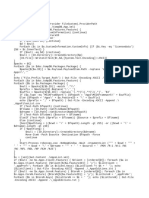0% found this document useful (0 votes)
5 views2 pagesMachine Learning Class Notes
These class notes provide an introduction to supervised learning within machine learning, covering key concepts, types, algorithms, and practical applications. It details common algorithms like linear regression, logistic regression, and decision trees, along with evaluation metrics and tools for implementation. The notes also highlight challenges in machine learning and suggest further study resources for students new to the field.
Uploaded by
silviuCopyright
© © All Rights Reserved
We take content rights seriously. If you suspect this is your content, claim it here.
Available Formats
Download as TXT, PDF, TXT or read online on Scribd
0% found this document useful (0 votes)
5 views2 pagesMachine Learning Class Notes
These class notes provide an introduction to supervised learning within machine learning, covering key concepts, types, algorithms, and practical applications. It details common algorithms like linear regression, logistic regression, and decision trees, along with evaluation metrics and tools for implementation. The notes also highlight challenges in machine learning and suggest further study resources for students new to the field.
Uploaded by
silviuCopyright
© © All Rights Reserved
We take content rights seriously. If you suspect this is your content, claim it here.
Available Formats
Download as TXT, PDF, TXT or read online on Scribd
/ 2




















